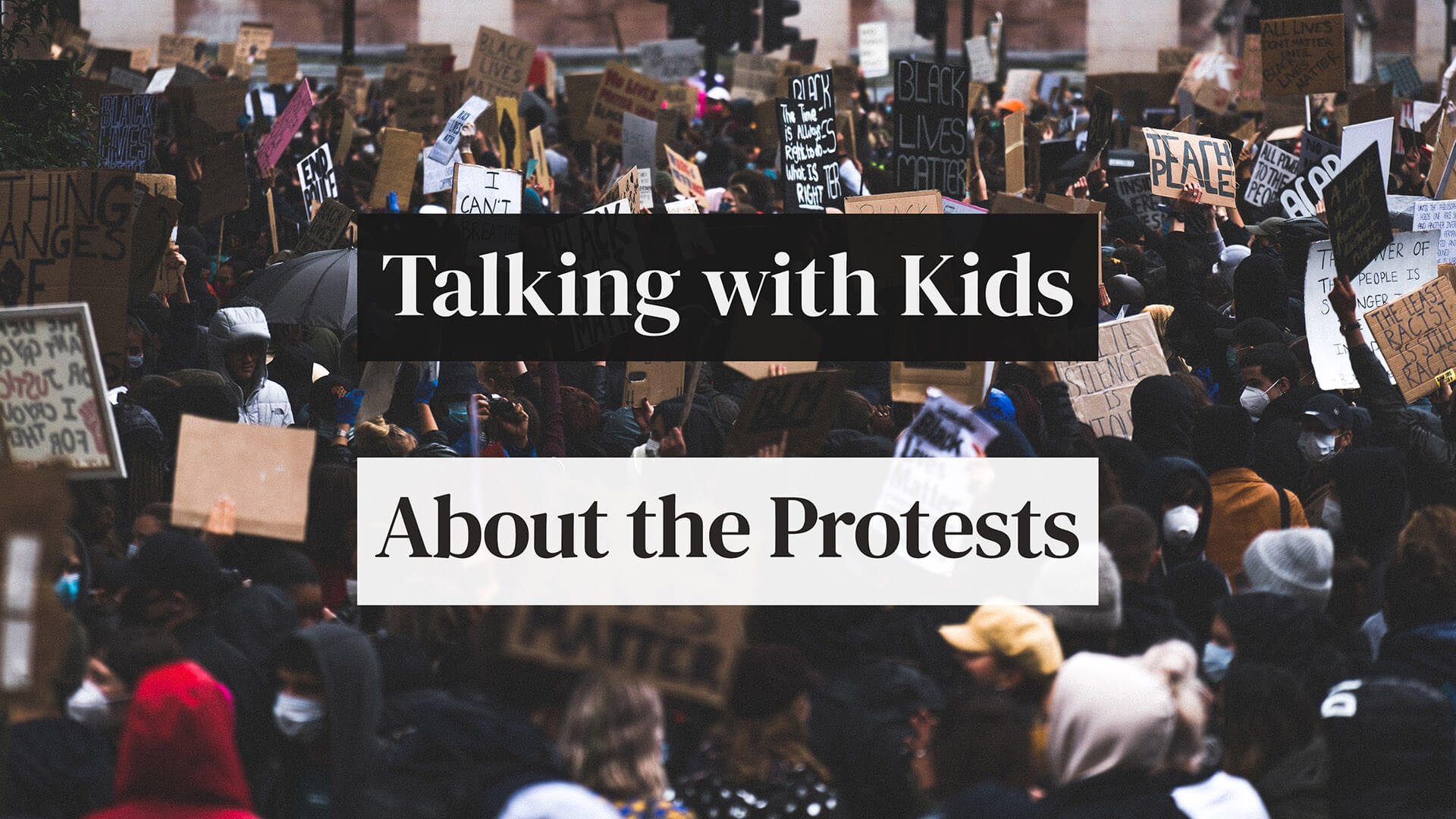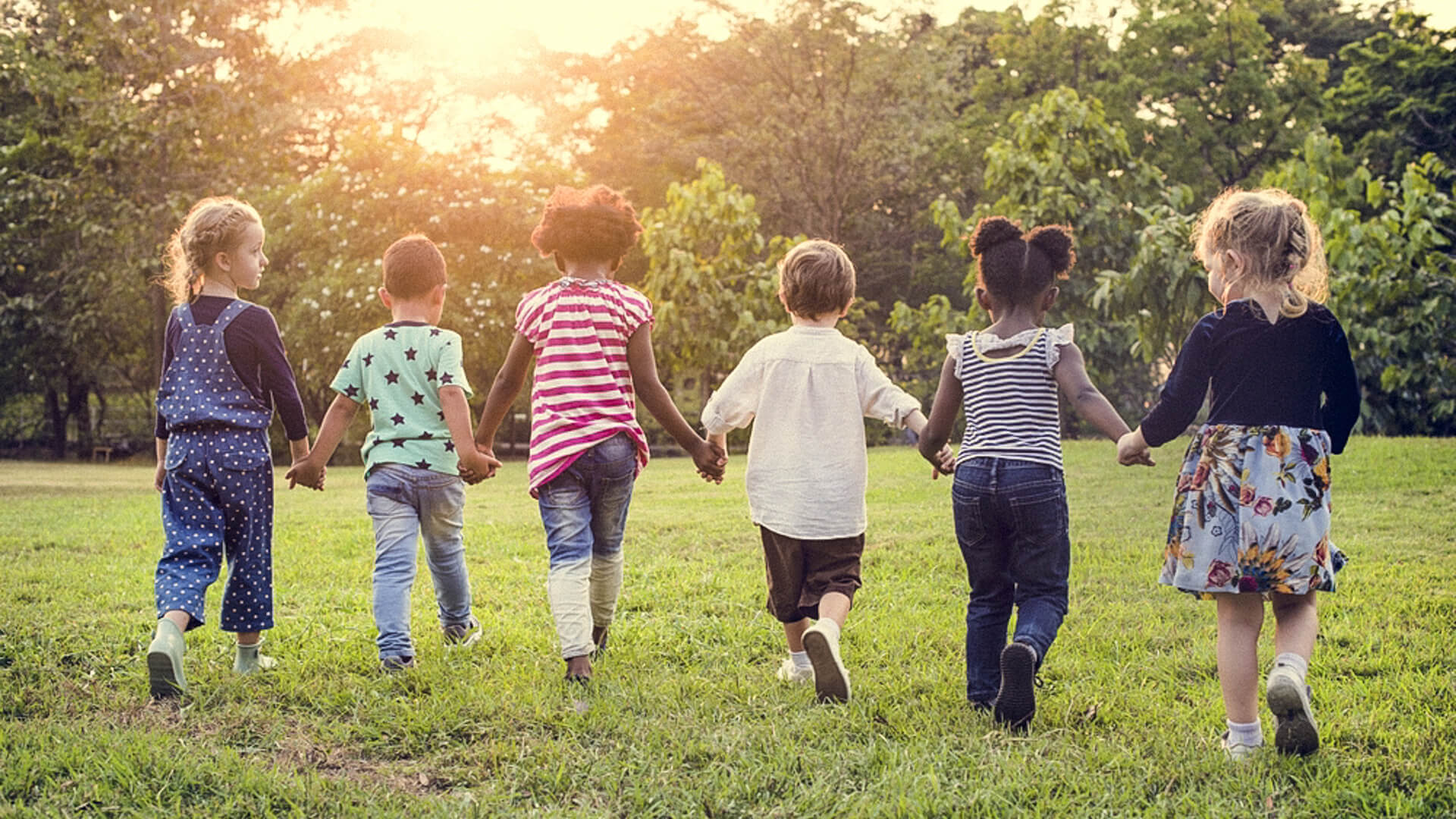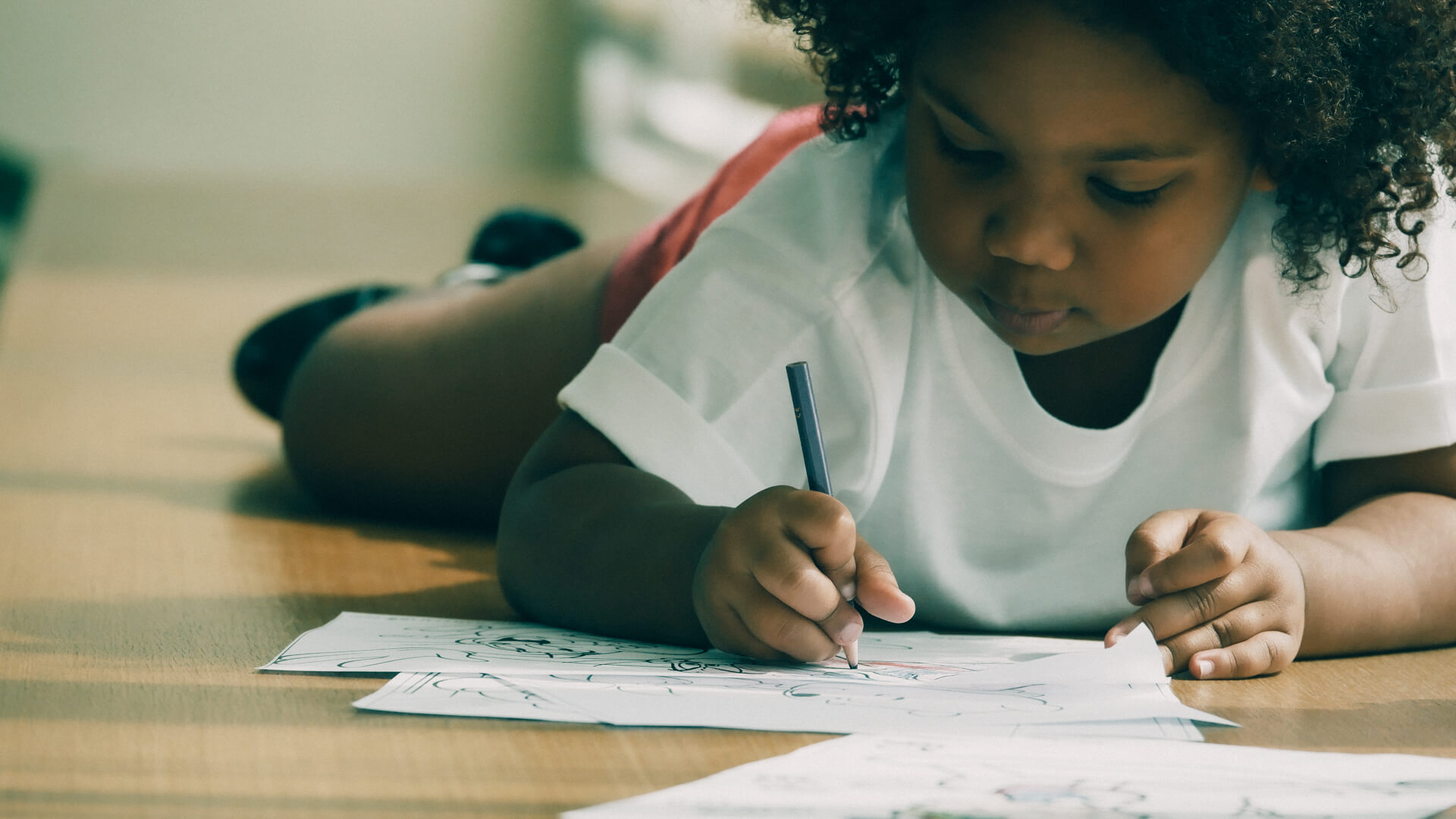
One of my primary parenting goals is to raise conscious humans. I teach my kids about cultural competence and to stand up for what’s right. We talk as a family about race, gender, sexual orientation, and socioeconomic issues and how we think about the evolution of our worldviews. A guiding principle of their education is that understanding and appreciating perspectives and experiences that are different from ours is fundamentally important and deeply enriching.
We’re fortunate to live in Los Angeles, where we have many opportunities to develop meaningful relationships with kids and grownups in our diverse communities. We share a commitment to embracing the civic responsibility to speak and act in ways that promote a just society.
Since the pandemic began, I’ve been writing weekly posts about self-care and mindful parenting under extraordinarily difficult circumstances. The wrenching events of the last two weeks have exposed once again the violence and injustice embedded in the American experience. They also reveal a dimension of suffering, struggle, and strife that will continue long after the coronavirus is contained and overcome. In this context of pandemic and protest, issues around raising our families in the immediate present are especially urgent.
I believe that the integration of mindfulness and parenting begins in the home and extends into the world. Pursuing this integration and sharing it with other parents are vital to me both personally and professionally. And this kind of practice is more critical than ever.

We’ve been helping our kids to make sense of COVID-19 and the need to stay safe at home. Many parents are now asking, How do I talk with my kids about social injustice and the protests taking place in our communities and country?
I’d like to offer some thoughts on how parents can support children with their questions and feelings right now.
- Get support for your own feelings. Practicing good self-care enables parents to attend to the feelings and concerns of their children more mindfully. Most of the news is distressing these days, so it’s important for parents to talk with other trusted adults, who can hear, understand, and validate their experience of complicated emotions. Parents can then model healthy ways to process feelings. Our kids absorb our emotional tone and take cues from our energy about how they should be reacting. They also look to us for reassurance that they’re safe. If our feelings are unprocessed, we’ll transmit them to our children in ways that can be confusing or overwhelming to them. I like the metaphor of a safe container: containing your feelings by connecting with a peer allows you to become a safe container for your child’s feelings.
- Share information in an age-appropriate way. As children grow through the stages of psychological development, they’re able to grasp more and different kinds of information. They communicate their levels of comprehension verbally and non-verbally. Paying attention to the kinds of questions they ask, for example, helps to utilize frames of reference that they understand. For younger kids, you can frame the protests in terms of fairness. For example, I shared with my daughter that everyone deserves to be treated fairly, and with kindness and respect, no matter what they look like or where they’re from. I explained that large groups of people have been gathering to send a strong message that we support racial equality. A good guideline is to answer the questions that your kids are asking rather than offering additional information that they may not understand. Sharing too much now may increase their feelings of anxiety, fear, and overwhelm. As they get older and their frames of reference expand, children are able to make sense of more complex feelings and situations.
- Make space for feelings. You may notice feelings of confusion, concern, sadness, fear, or anger arising in your child. Depending on their age, kids may want to express their feelings by talking, writing, or drawing. My son, who is older, often expresses feelings by drawing detailed, evocative pictures that reflect how his emotional life is developing. Rather than assume I understand his creative process or the symbolism of his drawings, I gently inquire about what various elements mean to him, how he chose to represent those meanings, and the ways in which others might understand his compositions. Talking about his drawings is an opportunity to put words to feelings in a safe space and also for me to assess what he might be needing from me. I can validate his feelings and provide the reassurance that I’m right there with him.
- Respect your children’s differences. If you have children of different ages, maturity levels, or frames of reference, it’s important to share appropriate information with them individually and follow up separately. When my older son asked me, in the presence of his younger sister, what police brutality was, I responded in terms that were sensitive to my youngest child’s level of understanding. As soon as I had some alone time with my son, I circled back to provide information that he could make sense of. This is an important way that I demonstrate respect for them both. We also talked about what he can do or say if he encounters racism among his peer group at the park, such as pointing out that excluding or teasing kids because of racial differences is unkind and unacceptable. I encouraged him to ask me for help if he comes across a situation that’s too much for him to handle by himself.
- Keep an eye on mood or behavioral changes. Disruptions in sleep or appetite, clinginess, irritability, reactivity, or passivity could indicate deeper, unprocessed feelings. Dedicate time each day to be curious with your child. Whether you read a book together, write stories, or draw pictures, find activities that encourage conversation and exploration and provide opportunities to answer questions or offer reassurances. If your child’s feelings or behaviors don’t regulate over time and you feel increasingly concerned, reach out to a pediatrician or family therapist for additional support.
- Stay in the day and return to the present moment. Anxieties, fears, and stresses have become more acute since the quarantine began and again more recently. We can respond to change and uncertainty with greater intention and purpose when we focus on making plans and setting goals for each day, instead of projecting into the unknowable future. Allow yourself to pause whenever needed to regulate the nervous system with a technique from your mindfulness practice. Coming back into balance helps to strengthen internal resilience and allows us to think clearly about next steps. (In previous blog posts, I’ve focused on the mindfulness techniques of tracking, resourcing, using sensory tools, and grounding which I’ll share below for your reference.)
- Take an action that affirms your values. An effective way to mitigate feelings of despair or helplessness is by contributing to the change that we wish to see in the world. There’s no shortage of resources online with suggestions for signing petitions, making donations, contacting elected officials, demonstrating in public places, and knowing our constitutional rights. Taking action requires engaging with not only our own feelings but also with feelings in the climate around us. And one action may lead to another and, over time, help to replace a feeling of powerlessness with a sense of agency and efficacy. Rely on your mindfulness practice to maintain emotional equilibrium, especially in the heat of anger, frustration, and fear. And look for ideas that you can pursue individually and as a family. Invite your children to join the effort and, when appropriate, follow their lead, too. In this way, our children also can feel included, affirmed, and empowered as members of their broader community.
The goal here is to meet our kids where they’re at and guide them forward, so they can live and thrive in the world they find and help to advance.
These suggestions are rooted in the essential principles of mindfulness practice. I offer them and other mindful parenting tools and techniques in ways that, I hope, parents can implement in the contexts and circumstances in which their children find themselves.
You may find that some tools are more helpful than others. As your family grows, techniques will become meaningful and useful in different ways as well. Sharing them with other parents will surely enhance your understanding and ability to use them, too.

Time to Reflect
As your days unfold this week, reflect on one or two mindfulness techniques that have been most useful to you during the pandemic and, more specifically, in the last few weeks. And then consider ways in which you could share those techniques with someone else who may benefit from them right now. I find that when I share tools with others, it strengthens my own practice.
As I mentioned above, important tools for regulating the nervous system and becoming mindful parents include tracking, resourcing, using sensory tools, and grounding. If you have any questions, please let me know.
